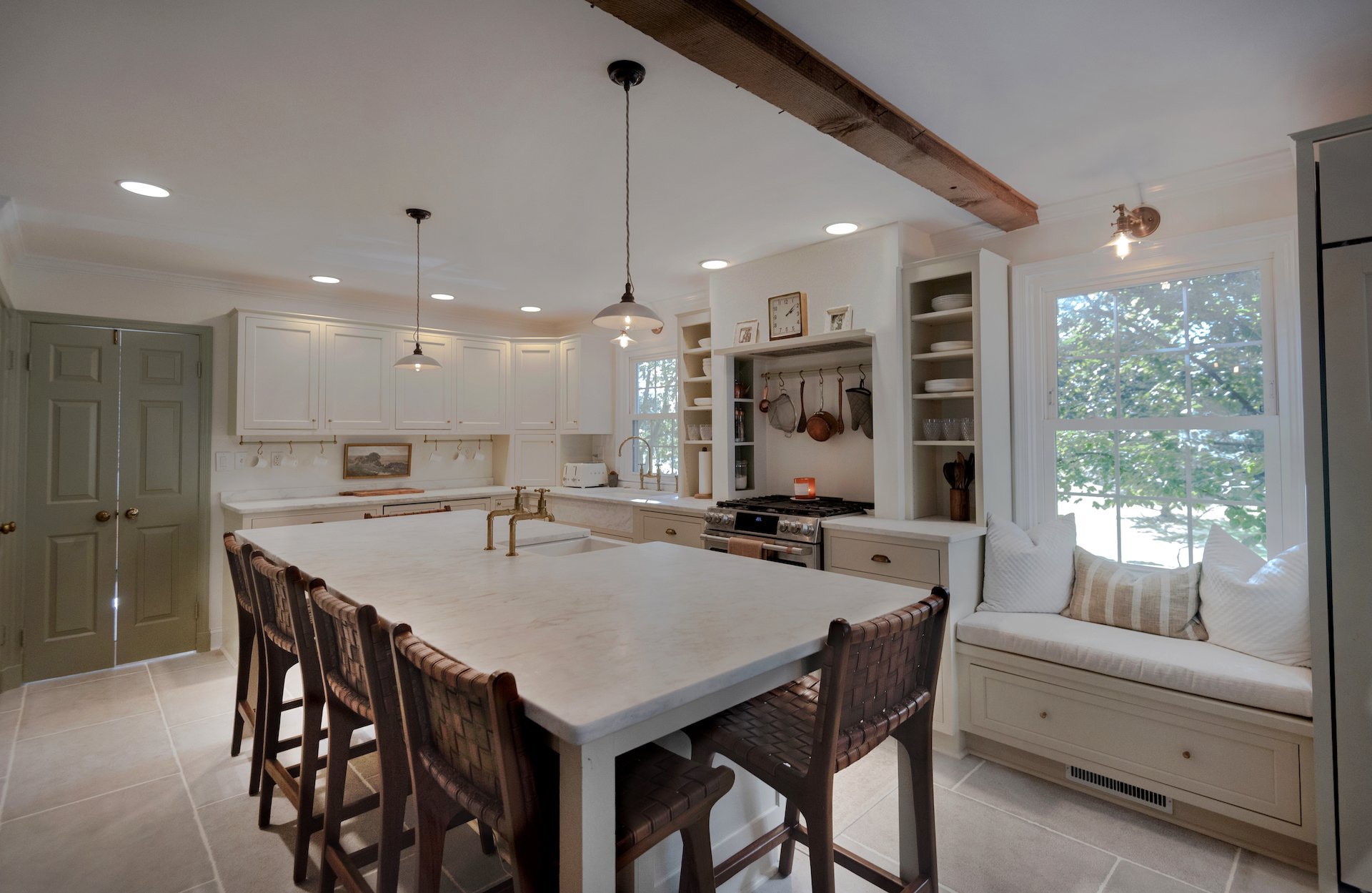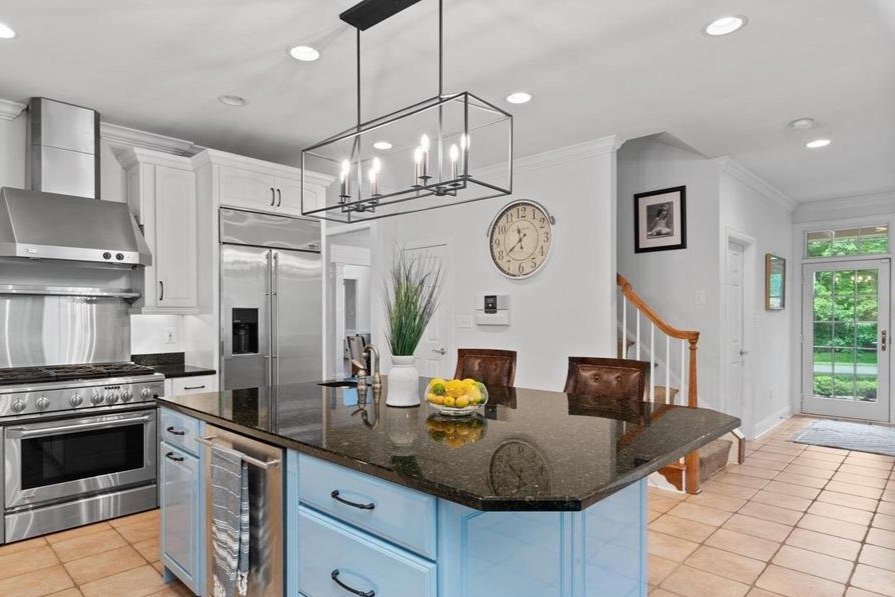The kitchen is often referred to as the heart of the home. It should be a well-lit and organized space that makes you happy to come home every day. If you're considering a kitchen renovation, deciding what lighting to get is a great place to start. Review the guide below for some inspiration.
Types of Kitchen Lighting
Ambient
This type of lighting illuminates the entire room, setting the tone of the kitchen. Ambient lights are usually placed evenly throughout the space during the kitchen renovation process. Recessed fixtures offer a minimalist look, while a chandelier can make a statement, especially when it's placed above an island or table.
Task
Task lights can help with baking or cooking prep and add an extra layer of illumination. They're often seen under the overhead cabinets so that they can illuminate the countertops. These types of fixtures are often overlooked, but they significantly increase the functionality of your kitchen.
Accent
Accent lighting is a great way to add some dynamic design elements to your kitchen renovation. These types of fixtures are usually placed strategically to focus on specific focal points throughout the room.
For example, you might have a few bulbs installed to illuminate a large painting or decorative sculpture in the kitchen. Accent lighting allows you to create dimension and draw the eye throughout the space.
How to Create a Well-Lit Kitchen Space
Base Around Your Floor Plan
The lighting should flow in the same way that the layout of your home does. If you have an open concept layout that connects the kitchen, living room, and dining room, you'll need to consider how the lighting will designate each area.
Place ambient lighting evenly throughout the space to create a well-lit cooking area. Then, add accent or task lights to your most frequently used areas, like the sink, kitchen island, and stovetop.
Decide How You Want to Control the Lighting
Switches are great for easy on and off access, but they don’t always allow you to control your lighting levels. Dimmer switches allow you to have all different levels of lighting for different occasions or times of the day.
You should also have different controls for the various areas of the kitchen. For example, you should have one switch for the fixtures above the kitchen island, another for your task lighting, and a final one for the room's ambient lights.




